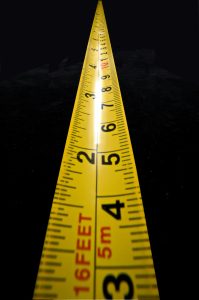How Long Should Dock Pipe Legs Be?
 Planning and designing a custom dock requires some forethought and precision. Once you have a good understanding of your shoreline conditions and how you intend to use the dock, it’s time to take measurements. When building a stationary dock with pipe legs, here is some guidance for determining the correct pipe length for your custom dock.
Planning and designing a custom dock requires some forethought and precision. Once you have a good understanding of your shoreline conditions and how you intend to use the dock, it’s time to take measurements. When building a stationary dock with pipe legs, here is some guidance for determining the correct pipe length for your custom dock.
Water Depth Plus 3 Feet Minimum
Pipe legs, also known as dock pilings, stabilize your dock. The number of legs you’ll need will depend on the size of each dock section. Bigger docks require more legs. In terms of pipe length, you’ll want a pipe that isat least the length of the water depth plus a minimum of three feet.
Pipe legs come in a variety of lengths and will be secured in your pipe base. Be sure to mount the pipe to other corresponding dock hardware and pipe corner brackets to complete the frame assembly. All the hardware you need for your pipe leg dock can be found here.
Tips for Installing a Pipe-Leg Dock
Installing a pipe-leg dock starts with securing the pipe base. The base should be set about a foot above the bottom of the pipe. For rocky lake bottoms, we recommend cutting the pipe at a 45-degree angle so the pipe itself is situated into the rocks. A pipe auger can be used when the subsoil is full of vegetation and organic matter.
Next, pound your pipes into the sand using a driving cap. To adjust the height and levelness of your dock, you can use a pipe chain jack. Once level, secure the screws in the corner sockets in place. If you have additional dock sections or ramps, you can use side brackets to connect them.
To learn more about designing and assembling your custom pipe-leg dock, get in touch with our team at RDS Dock Hardware. We’ve been building and designing easy-to-install dock systems since 1986. All our dock hardware components are manufactured in New Hampshire and Minnesota and built to withstand the toughest marine conditions.










